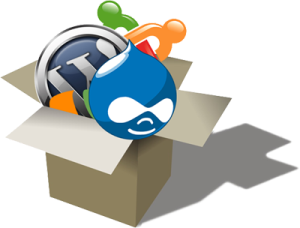There was a time when businesses thought of going mobile. But that’s no longer a choice. It’s a necessity. Designers and developers understand this and are shifting to responsive design more than ever. But, it is also a fact that it is much more complex than a normal site or a dedicated mobile website. This article looks at the major problems that designers face and provides tips on how to recover from them in order to ensure that your site is properly optimized.
Website Loading Time
The main reason behind going for responsive websites is to enable convenience for mobile users. Yet most of them fail in this attempt. A recent study tested more than 300 sites and found that irrespective of the site under test, the page size and load-time results were almost the same. All that you need to do is the following:
Avoid using larger Image Files and Videos
Avoid large assets on a web page, particularly Javascript.
Avoid using unwanted links and personal comment icons
Restrict ads and social media pop-ups
Avoid having too many Widgets
Over-Resourcing
Responsive designs rely on multiple images and CSS scripts for getting a customised layout that matches different screen sizes. At times, this might cud lead to a user downloading images that are not required as well.
This is where you conditional loading comes into play. If you want your design to run on desktops too as a dedicated mobile website, do care to check the code two to three times to ensure it is fully optimized to run smoothly.
Poor User Interface
That your ecommerce website runs well on mobiles need not at all mean that it is mobile friendly. Don’t look at only the aesthetics when you create a mobile web design but look keenly at the differences between needs of users who visit your site from different places.
Above all, it is important to know your customer’s feedback on what they intend to do on a mobile device as against their desktops. Make sure your responsive design adequately meets those needs.















